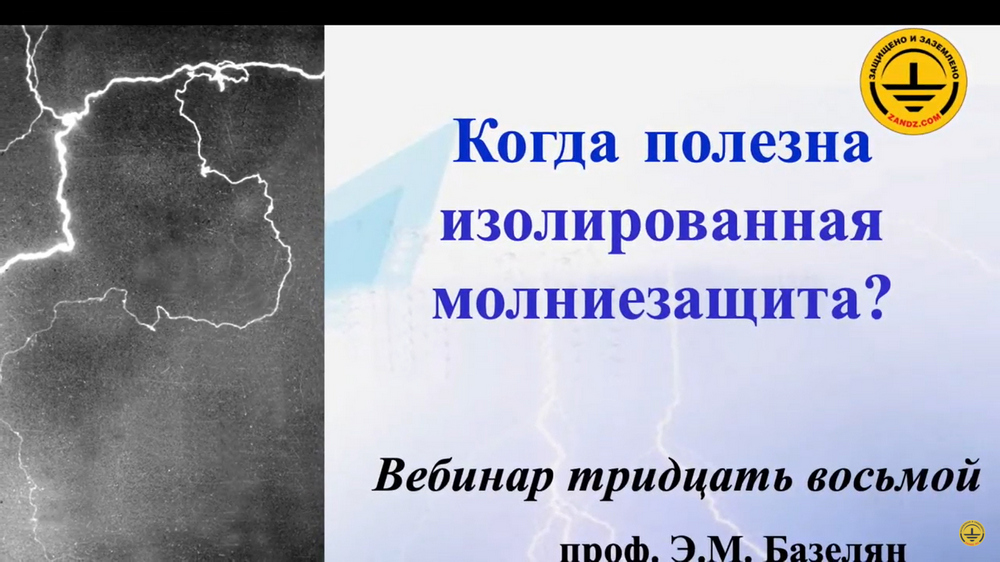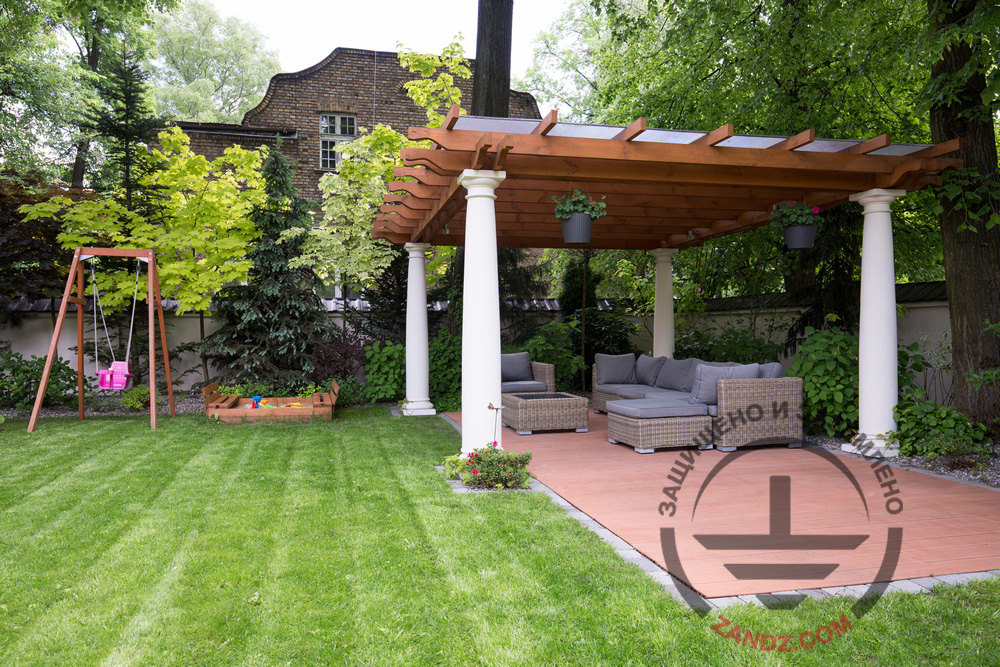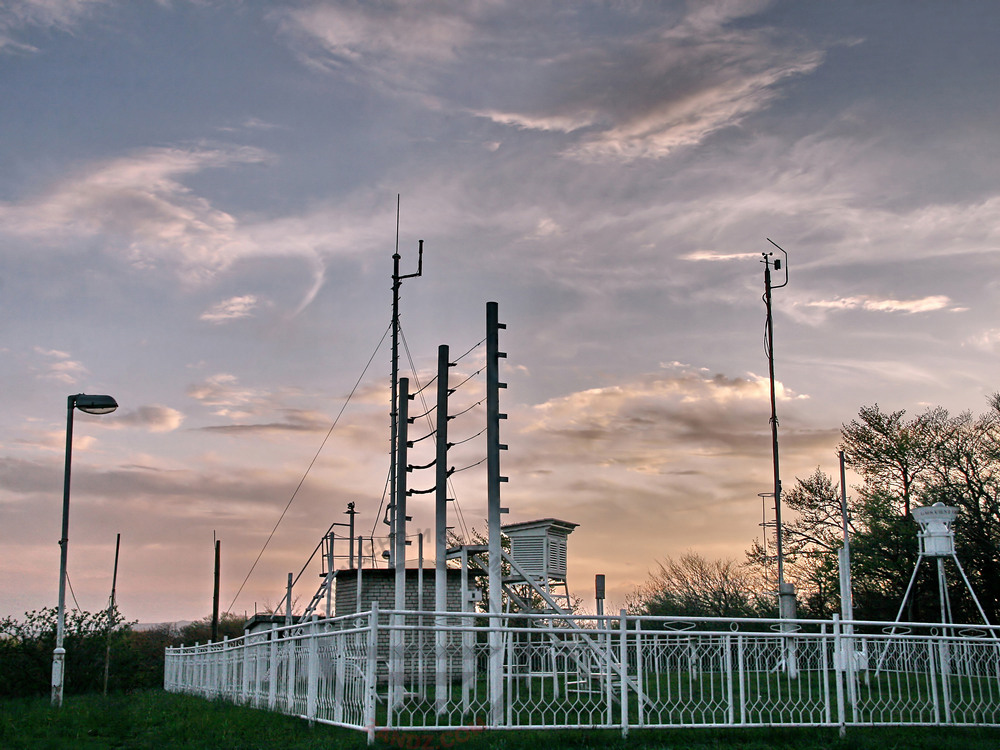08.10.15
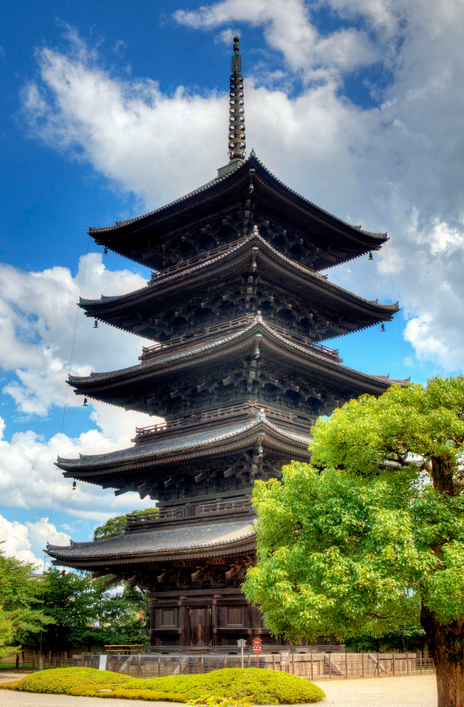
The famous five-storied pagoda To-ji in Japan is not only the symbol of the city of Kyoto, but also a reference point for citizens and tourists. Built according to some data in 8 or 9th century AD, is the tallest pagoda in Japan. The height of this Buddhist temple is 57 meters, which means a higher risk of lightning strike during a thunderstorm. For its long history To-ji pagoda has been several times burned to the ground due to lightning strikes, but each time it was rebuilt again. The present pagoda was rebuilt in the 17th century and still preserves the integrity of its design. One reason for this - the installed external lightning protection system, which was vital because of the fact that any lightning strikes in the roof could lead to the complete destruction of the structure. The fact is that the temple is made of wood and, in case of direct strikes, lightning current can heat the moisture accumulated inside the wood and literally break the structure.
Now on the crown of the pagoda there is a metal spire that acts as a lightning rod, down conductors are connected to it, which are mounted on the corners of the roof pitches and go to grounding at the bottom.
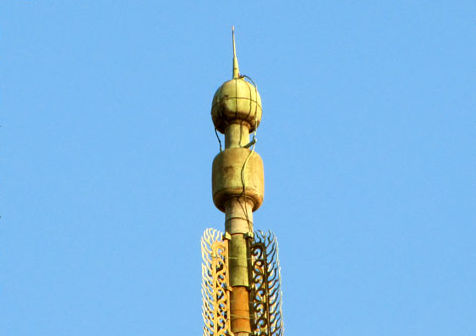
Spire-lightning rod
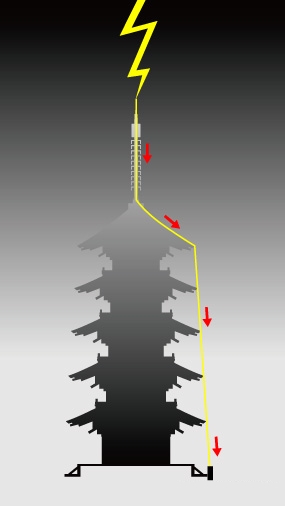
Scheme of the lightning current passage over the elements of lightning protection
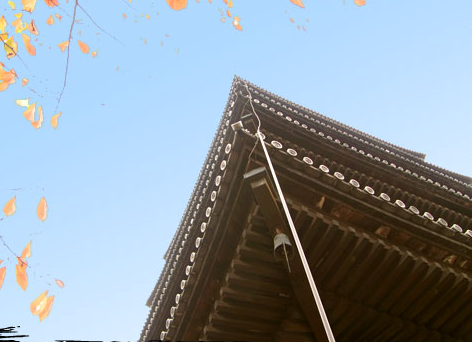
Down conductor
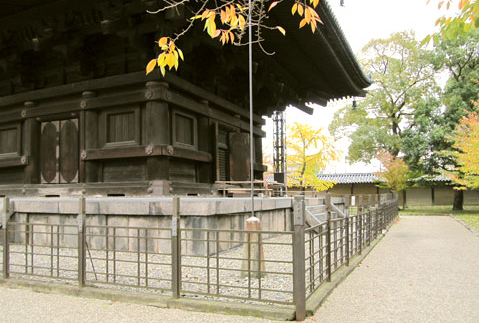
Grounding
Related Articles:


